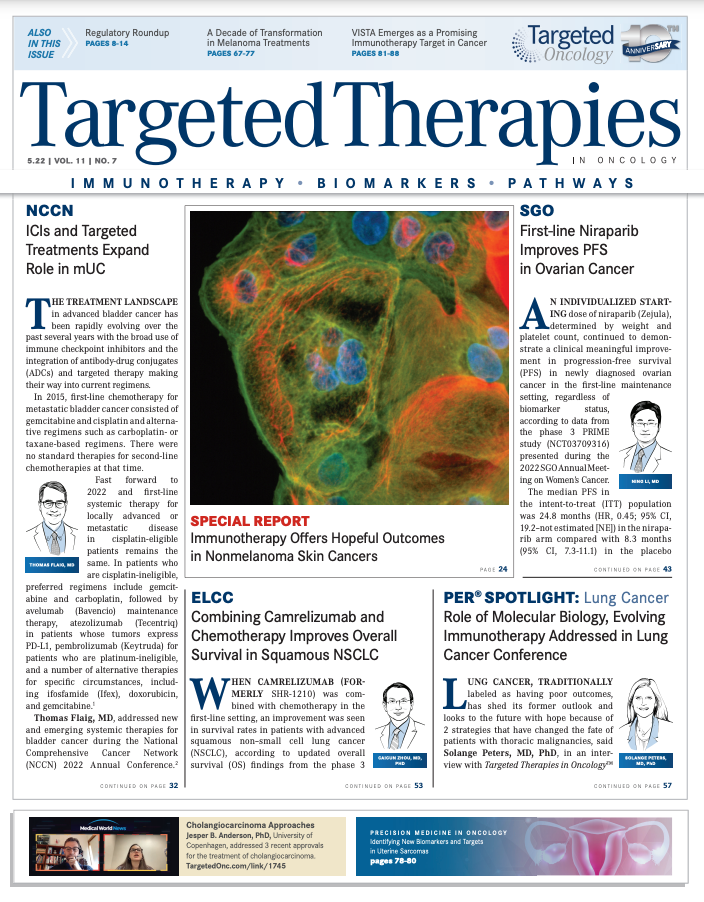Guidelines vs Pathways and Their Place in Oncology Practice
There is a role for these overlapping entities—guidelines and pathways—and each permits flexibility for the oncologist for available treatment options in the level and quality of data.
Robert L. Ferris, MD, PhD

This monthly article is usually devoted to highlighting particular discoveries arising in the major journals or the highest-impact oncology meetings throughout the year. But this month, I would like to address the topic of how all these new fi ndings and exciting new data get transmitted into clinical practice for the oncology community at large. Two somewhat interrelated but also different methods are the comprehensive “guidelines” from the National Comprehensive Cancer Network (NCCN) and “clinical pathways.”
These 2 approaches are similar in that they refl ect the most recent data and trial results but begin to diverge in terms of application because NCCN guidelines often permit multiple and sometimes many different therapeutic options, without a particular advocacy toward one approach or modality over the other. Surgical therapy may be equally permitted as well as nonsurgical-, radiation-, or chemotherapy-based regimens.
Clinical pathways, on the other hand, are more instructive and try to distill the available therapeutic or diagnostic options down to one primarily recommended treatment selection. Usually, 3 parameters in the prioritization hierarchy determine the most-recommended approach: oncologic effi cacy, toxicity, and cost.
Pathways are very useful for health systems and cancer centers to monitor quality, and compensation may be—to some degree—linked with quality metrics, such as the “on pathway” rate. These decision-support tools are often mandated or incentivized by health insurers and major clinical networks. Some standard-of-care recommendations, such as cellular immunotherapies, may be on a pathway but require referral to another specialized center, adding complication because a referral to another center may create a negative impact on the established physician-patient relationship.
Nonetheless, the value of pathways is inarguable and permits health systems to stimulate a periodic conversation with their oncologists if they fall below the 80% or 90% on-pathway rate. It also may facilitate clinical research by permitting the oncologist to write a free text explanation for why the clinician went “off pathway,” and this may lead to the development of clinical trials in the phase 4 or pragmatic arena.
Thus, there is a role for these overlapping entities—guidelines and pathways—and each permits fl exibility for the oncologist for available treatment options in the level and quality of data. The public expects and demands that we are held to externally verifi able treatment algorithms. This does not mean that we practice cookbook medicine, but rather, that we can defend and justify our decisions with suffi cient fl exibility to personalize and individualize our treatment choices with the patient at the center of the relationship.

Survivorship Care Promotes Evidence-Based Approaches for Quality of Life and Beyond
March 21st 2025Frank J. Penedo, PhD, explains the challenges of survivorship care for patients with cancer and how he implements programs to support patients’ emotional, physical, and practical needs.
Read More